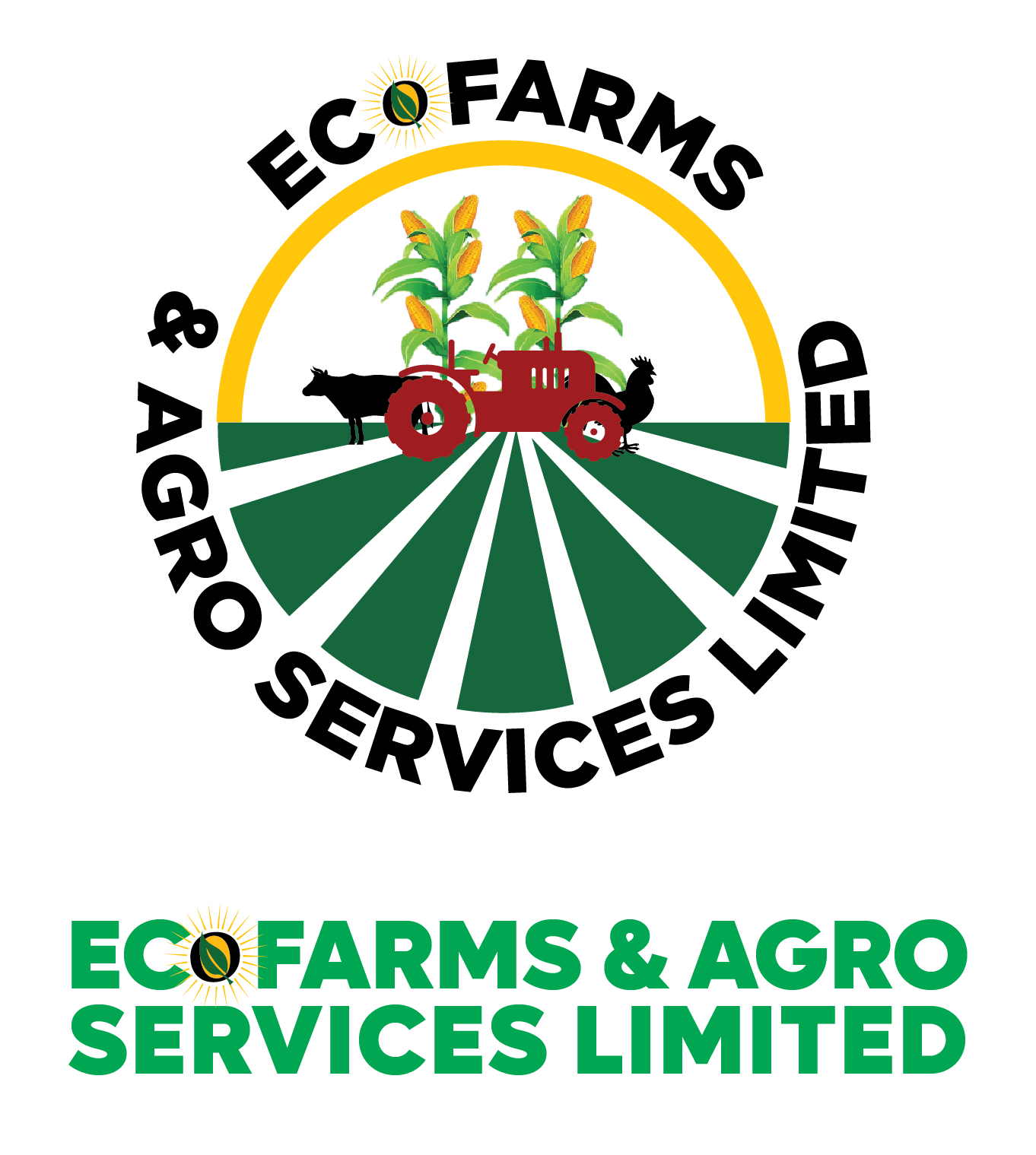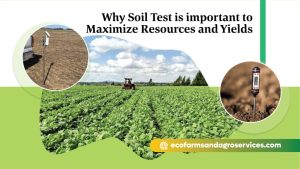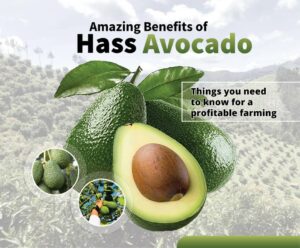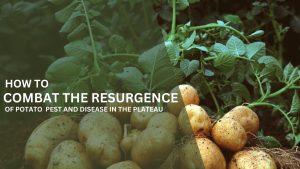Monoculture farming practice involves growing only one crop type per time on a farm. Over the history of agriculture this practice has played an immense role in food security and shaping landscapes, but importantly it drives soil exhaustion and biodiversity depletion. As the world’s population continues to rapidly grow in number, the environment has equally continued to express a growing number of challenges. Top of which includes a growing incidences of weather anomalies, pollution and an increasingly depleting soil health. Upon all these, the demand for food on the global scale keeps rising. These issues have led to the need to take a closer look on the concept of monoculture. This article covers various pros and cons on how we could tweak the practice of monoculture, and embrace a more diverse cropping system, requiring low-inputs, and that has minimal environmental impacts, while we attempt to meet rising global food needs.
Why Monoculture?
One of the greatest benefits to monoculture is that it allows for an increased productivity and efficiency. Farmers chose crops that will thrive best in their local environment and horn down on them. An excellent example is in rice cultivation in wetlands (mashy or fadama lands). Monoculture gives room for specialized production, increased profits, and cut down on loss via mechanized and technological managed farms. Furthermore, it provides for maximum utilization of space and crops.
The challenge with Monoculture.
While Monoculture is applauded for its enormous contribution to food security, it is necessary to equally note that there are a number of drawbacks that are worth looking into and addressing. The most prominent are soil degradation, and fertility loss. Too many of the same crop species, continuously being cultivated in same field robs the soil of nutrients and essential balancing structures. Monocultured fields are also known to be notorious for pest and disease challenges, hence the over dependence on high pesticide and insecticides-with far reaching implications on the soil health and general ecosystem. Also important to mention is intensive use of fertilizers and water on monoculture farms, which is linked to all previous challenges mentioned. With rising cost of fertilizers globally this forces farmers into a corner, and consumers alike feels the impact.
How do we balance things out
While the impacts of monoculture vary per environment and intensity of farming, the overall idea is to embrace a more balanced approach to crop production, which essentially is embodied in crop diversification and crop cycling.
In Sub-Saharan Africa there is a lot to learn from small holder farmers, such as their approach to monocropping, double cropping and mixed cropping. While their fields might be small in comparison to their mechanized colleagues, they manage to partition fields via separations of boundaries and allow extensive room for meadow, which is vital for biodiversity to thrive. Through double cropping as a way of crop rotation, they are able to cycle essential nutrients from legumes to cereal crops. This practice is able to substantially offset some negative impacts of monoculture. For example, disease and pest cycles are interrupted and the excessive dependence on fertilizers and agrochemicals are abated.
Pivoting toward a more environmentally friendly and Biodiverse approach.
The negative environmental impacts of monocropping on the long run outweighs most of the positive impacts. The best approach is to pivot away from a complete monoculture to a well-planned out diverse-culture system; here the farmer continuously cycle his field through different crop types with unique environmental and economic relevance.

This cropping system allows for each crop species to complement each other as nutrient use efficiency is guaranteed. Crop protection is greatly enhanced. At the Ecofarms and Agroservices Experience Center our local field advisers work with farmers to guide and advice on field decision making to enhancing a diverse cropping system in respect to soil health and market driven crops. Farmers who have implemented such cropping systems are now enjoying the benefits. Our hope is that this message will go round, generating more awareness so that more farmers will embrace them and share in the benefits.
Please if this article is helpful, consider sharing it to someone you care about, particularly a farmer.





